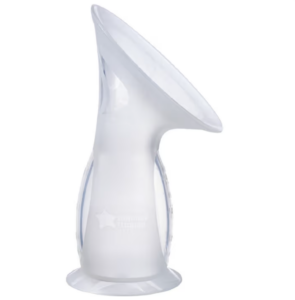Let’s start at the beginning. Why would you need a breast pump? Well, there are loads of reasons women choose to use a pump. Sometimes it’s to share the load of feeding with their partner, or maybe they are going back to work and need to keep up their supply while away from the baby. Some women want a breast pump to use long-term, others might just need it for a few days here and there. You may be introducing solids and want to mix in breast milk.
But the world of breast pumps can be daunting—and the breastfeeding journey can be confusing enough as it is. So we’ve broken it down to make it easier to decide which breast pump is best for you and your needs.
And of course, if you have any questions about your breastfeeding journey and breast pumps, chat to your midwife or lactation consultant.


